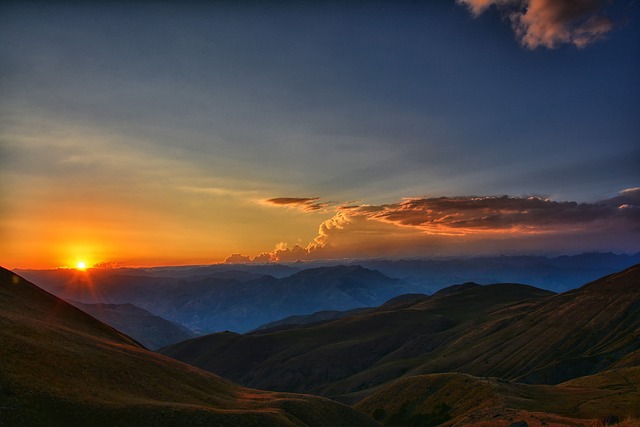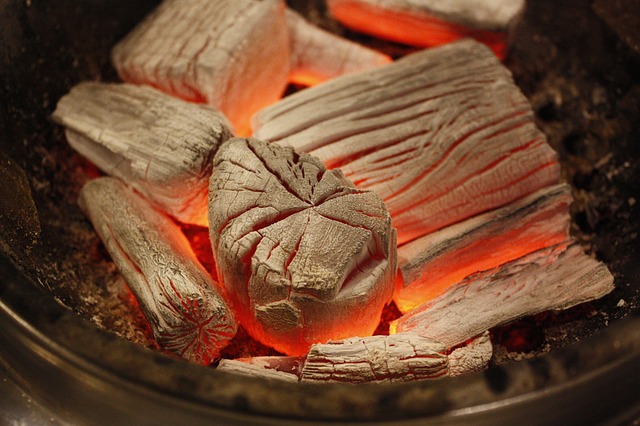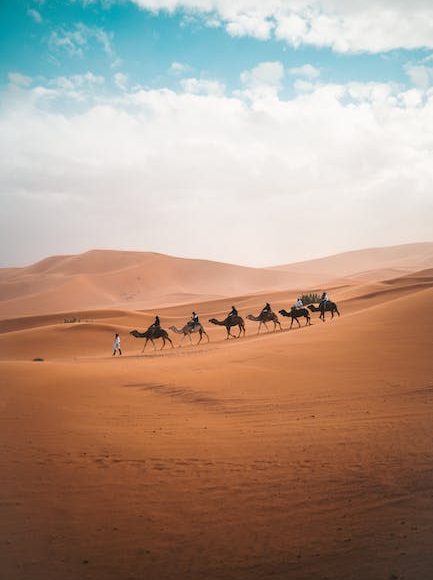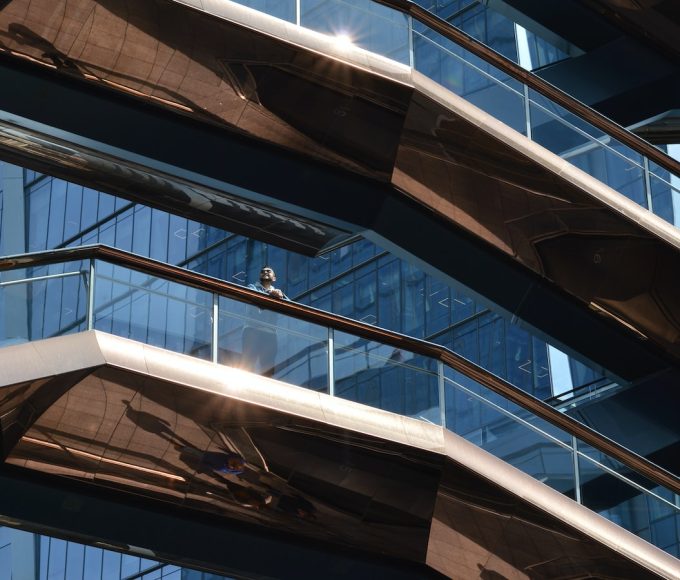Published November 27, 2023
7 min read
Lara Jackson is an award-winning wildlife photographer, conservation biologist and presenter who documents critically endangered species for NGOs and conservation organisations. Her work spans more than a decade and has taken her to some of the world’s wildest places, including the tropical rainforests of Belize and the dry savannahs of East Africa. Here, she shares the story of Kenya’s white rhinos and why this sunset shot means so much to her.
Could you reveal more about the image.
During my master’s degree in wildlife conservation, I specialised in rhino feeding ecology. I’ve been obsessed with rhinos ever since, so whenever I come across one on safari, I have to spend time with it. I took this image in Ol Pejeta, a wildlife conservancy in north-central Kenya that’s home to the world’s two remaining northern white rhinos, and 44 southern white rhinos.
When we came across this lone bull grazing, it’d been a really quiet day. The conditions weren’t great — it was hazy, and we hadn’t seen much wildlife — so I asked if we could stop and watch the rhino for a while. The rhino started walking up a hill, which meant we were below it and in the perfect position for a silhouette shot. Then suddenly, the sun appeared between the clouds, turning everything orange, and a flock of birds started flying around the rhino as he lifted his head slightly. It was the most beautiful scene I’d ever seen.
How did you achieve the shot?
I used my Nikon Z9 with the NIKKOR Z 100-400mm f/4.5-5.6. A lot of photographers swear by prime lenses, but I really love zoom lenses because they allow you to be really flexible with the situation. In the natural world, you can never predict what’s going to happen, so being able to respond quickly is really important.
Positioning was also very important for this shot. The rhino was 650 feet away from us, which enabled us to get out of the car. I’ve spent a lot of time studying rhinos, so I knew it was relaxed and comfortable. To get a good silhouette, you need to get as low as possible. I had to crouch down and lay the camera flat on the floor. I then made use of the Z9’s four-axis tilting monitor, tilting it horizontally to 90 degrees so I could shoot at a low angle with ease.
Why’s does this image stand out in your career so far?
Rhinos — especially white rhinos — are really hard to photograph. Their heads are always really low to the ground for grazing, so it’s rare to see images of a rhino with its head lifted. That’s the beauty of wildlife photography — you have no control over the subject. When everything aligns and you have that moment of perfection, it’s such a special feeling. This was one of those rare moments when you take the photo and you know you’ve got a winner.
What do you hope people will take from this image?
I feel like rhinos don’t get as much love as other protected species. They’re such incredible creatures and have their own individual personalities. I’d love this image to inspire a sense of awe and hope that beautiful animals like the rhino still exist. I want it to encourage people to look into the poaching crisis that’s happening right now and to stand up for conservation.
What challenges do you face as a wildlife photographer while you’re on location?
When you’re in a privileged position getting special access to wild animals, a challenge is ensuring you’re never propagating unethical behaviour. As a wildlife photographer and conservation biologist, I often get special permission to get out of the safari car or get slightly closer to the animal, but I always do so within the limits set by our guides, so I’m not disturbing the animal. Some of the behaviour I’ve seen from photographers on safari is despicable, like making noises and even throwing rocks at lions to make them move. An animal’s welfare should always come above getting the perfect shot.
Photographing wildlife can be exciting, but unpredictable. What tips would you give someone starting out in wildlife photography?
Don’t feel you have to go onto manual straight away. When I first started, I shot exclusively in automatic mode for the first two years. I don’t think there’s any shame in that. I’m sure there are a couple of photos I missed because I didn’t know how to use my camera to the full extent, but I do think it enabled me to develop my creative eye much quicker. Automatic mode gave me more time to watch and learn animal behaviour and think about the composition of the shot. The most important part of being a photographer is developing your creative eye you can learn the technical stuff as you go.
You’re using your photography to raise awareness for conservation. What role do you think photographers can play in protecting wildlife?
Images can be very powerful. As a wildlife photographer, I don’t think it’s enough just to take the photo — we need to be sharing stories of our experiences in the wild. We’re in a critical stage with regard to the state of the planet, and we need photographers who have a genuine love for the natural world to help get the message out.
This paid content article was created for MPB. It does not necessarily reflect the views of National Geographic, National Geographic Traveller (UK) or their editorial staffs.
To subscribe to National Geographic Traveller (UK) magazine click here. (Available in select countries only).






